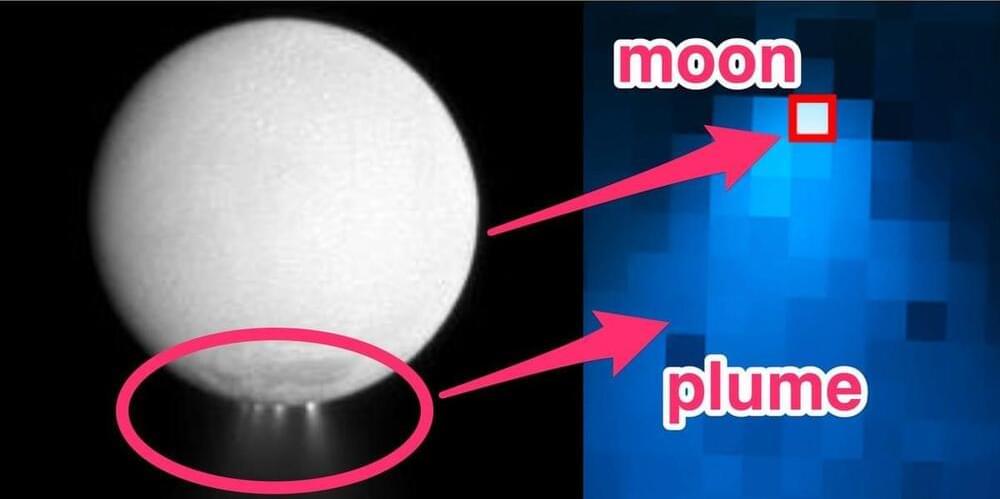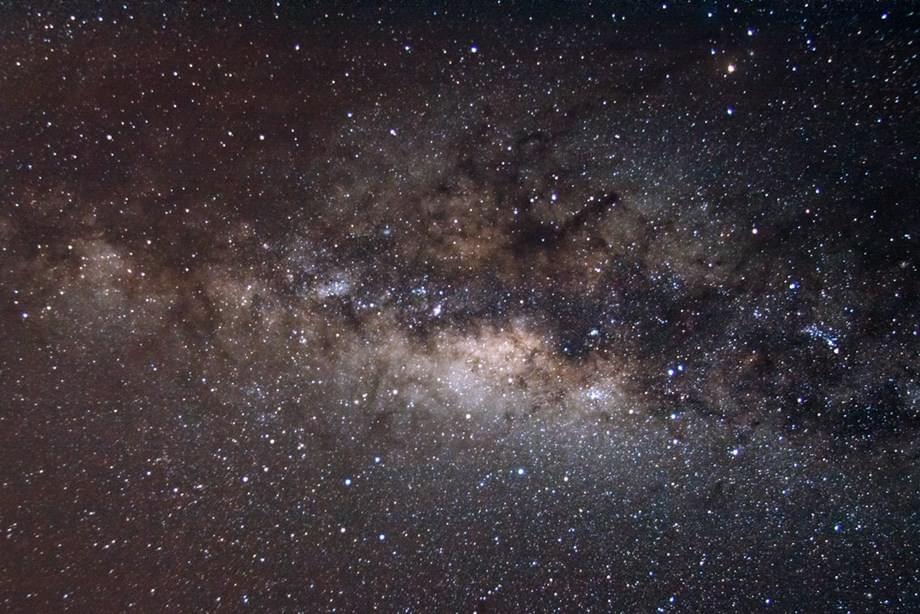Archive for the ‘alien life’ category: Page 31
May 31, 2023
NASA’s Webb Telescope spots a water plume twice the length of the US, spewing from a Saturn moon that could host alien life
Posted by Josh Seeherman in category: alien life
Gigantic plumes of ocean water are spraying out of Enceladus at a rate of 79 gallons a second, creating a water “donut” around Saturn.
May 31, 2023
Neil Gershenfeld: Self-Replicating Robots and the Future of Fabrication | Lex Fridman Podcast #380
Posted by Dan Breeden in categories: alien life, military, particle physics, quantum physics, robotics/AI

Neil Gershenfeld is the director of the MIT Center for Bits and Atoms. Please support this podcast by checking out our sponsors:
- LMNT: https://drinkLMNT.com/lex to get free sample pack.
- NetSuite: http://netsuite.com/lex to get free product tour.
- BetterHelp: https://betterhelp.com/lex to get 10% off.
EPISODE LINKS:
Neil’s Website: http://ng.cba.mit.edu/
MIT Center for Bits and Atoms: https://cba.mit.edu/
Fab Foundation: https://fabfoundation.org/
Fab Lab community: https://fablabs.io/
Fab Academy: https://fabacademy.org/
Fab City: https://fab.city/
May 30, 2023
Third of Milky Way’s most common planets could harbour life: Study
Posted by Josh Seeherman in category: alien life
Read more about Third of Milky Way’s most common planets could harbour life: Study on Devdiscourse.
May 30, 2023
Software offers new way to listen for signals from the stars
Posted by Genevieve Klien in categories: alien life, information science
The Breakthrough Listen Investigation for Periodic Spectral Signals (BLIPSS), led by Akshay Suresh, Cornell doctoral candidate in astronomy, is pioneering a search for periodic signals emanating from the core of our galaxy, the Milky Way. The research aims to detect repetitive patterns, a way to search for extraterrestrial intelligence (SETI) within our cosmic neighborhood.
The researchers developed software based on a Fast Folding Algorithm (FFA), an efficient search method offering enhanced sensitivity to periodic sequences of narrow pulses. Their paper, “A 4–8 GHz Galactic Center Search for Periodic Technosignatures,” was published May 30 in The Astronomical Journal.
Pulsars—rapidly rotating neutron stars that sweep beams of radio energy across the Earth—are natural astrophysical objects that generate periodic signals but humans also use directed periodic transmissions for a variety of applications, including radar. Such signals would be a good way to get someone’s attention across interstellar space, standing out from the background of non-periodic signals, as well as using much less energy than a transmitter that is broadcasting continuously.
May 27, 2023
The Real Reason Why Aliens WILL Kill Everyone | Unveiled
Posted by Jose Ruben Rodriguez Fuentes in category: alien life

Killer aliens are coming! Join us… and find out more!
Subscribe: https://wmojo.com/unveiled-subscribe.
Continue reading “The Real Reason Why Aliens WILL Kill Everyone | Unveiled” »
May 19, 2023
You may have heard the theory that it’s possible there are multiple universes where you exist in each one
Posted by Shailesh Prasad in categories: alien life, physics

but live a different life, and make different decisions resulting in a totally different outcome in each universe.
We know this as the multiverse. But where did the idea for multiple universes come from?
Today we’re going to confront the idea of the existence of a multiverse as recent discoveries in physics and astronomy could point to their existence. Have we finally found evidence for a parallel universe, or is it something stranger we cannot comprehend?
May 17, 2023
Could We Find Alien Spacecraft using Gravitational Waves?
Posted by Jose Ruben Rodriguez Fuentes in categories: alien life, chemistry, physics

PBS Member Stations rely on viewers like you. To support your local station, go to: http://to.pbs.org/DonateSPACE
Sign Up on Patreon to get access to the Space Time Discord!
https://www.patreon.com/pbsspacetime.
Continue reading “Could We Find Alien Spacecraft using Gravitational Waves?” »
May 14, 2023
To Live on Mars, Human Architecture Has to Combine Science and Sci-Fi
Posted by Shailesh Prasad in categories: alien life, science

Our homes are the places that define us; those warm private spaces that we depend on for work, respite, and haven from the harsh realities of the wider world. On Earth, the buildings and dwellings humans spend the majority of their lives in serve as reflections of our society’s culture, beliefs, and values. So if the shelters we make for ourselves truly mirror and influence our everyday lives, how might that sentiment be translated to living in space?
The kinds of structures future explorers might live in on other planets may be more critical to space exploration than sci-fi depictions of cities and homes in a galaxy far, far away suggest. As NASA’s desire for long-term human space colonization comes to fruition with planned crewed missions to Mars, establishing safe and well-made human settlements for life off-Earth is one of the agency’s most urgent tasks.
Continue reading “To Live on Mars, Human Architecture Has to Combine Science and Sci-Fi” »
May 14, 2023
Chinese Mars rover sends back images of recent water-shaped crusts
Posted by Alberto Lao in categories: alien life, physics
Most of Mars appears to be an endless expanse of alien desert, without a river or lake in sight. However, liquid water definitely existed in the planet’s distant past. A new paper has also suggested that it’s also possible small quantities of water still might exist in places that otherwise appear barren.
Before China’s Zhurong (also known as Phoenix) rover went into hibernation mode last May, researchers from the National Astronomical Observatories and the Institute of Atmospheric Physics of the Chinese Academy of Sciences discovered something unexpected. Zhurong was exploring the Utopia Planitia region, which is near the planet’s equator. No liquid water was thought to exist at those latitudes. Yet when the rover beamed back data from its Multispectral Camera (MSCam), Navigation and Terrain Camera (NaTeCam), and Mars Surface Composition Detector (MarSCoDe), there was possible evidence for liquid water having been present less than half a million years ago.
“[Our findings] suggest [features] associated with the activity of saline water, indicating the existence of water process on the low-latitude region of Mars,” the researchers said in a study recently published in Science Advances.













